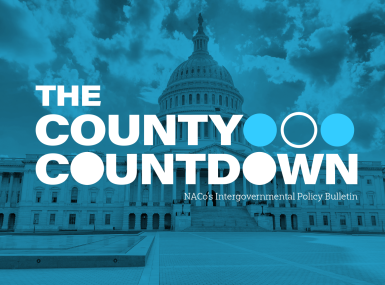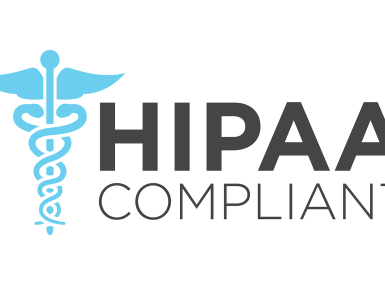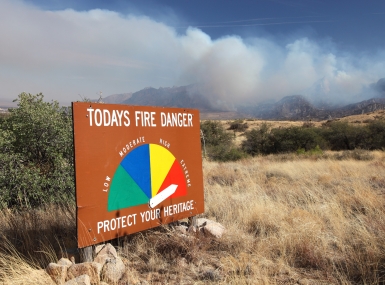Addressing social determinants of health with GIS technology
Upcoming Events
Related News

From our partnersDiscover the transformative power of GIS technology in addressing social determinants of health and building healthier communities. |
The conditions we are born into, grow, work, live in, and age impact our health outcomes remarkably. As a person that grew up in a rural area, with a single working mother, and living well below the poverty line, I understand the difficulty of securing consistent health care and education. Growing up with these experiences, I recognized that many of those around me also struggled to find these same opportunities.
Like many of our youth that have struggled with adverse childhood experiences, also known as ACEs, I became a statistic as a homeless teenager and high school dropout. However, the difference is that, years later, I received the interventions and services that changed my physical and economic circumstances, often referred to as social determinants of health (SDOH). These changes led to a return to higher education, consistent employment, and a healthy lifestyle. Motivated to give back to my community and those with the greatest need, I currently volunteer at a local homeless shelter and continue to hear first-hand the vast struggles many people face. Some situations are dire and started when they were young, with mounting circumstances leading to their current status. For some, they had healthy SDOH, and then, with a single event – like illness or disasters such as fires, everything changed, and now, they are homeless, more susceptible to drug misuse, and struggling with many other health crises.
Location-based Solutions for Addressing Humans In Crisis
Solving for humans in crisis has been a constant rallying point in the health and human services professions. My life experiences allow me to understand further the complex challenges people face and find equitable solutions.
Where you live, work, and play matters. The most effective solution should be a geographic approach to understand the root conditions and find the best preventive strategies and interventions. Geographic information system (GIS) technology provides the framework to respond—organize data geographically, receive real-time updates, communicate information, deploy tactics, and allocate resources where necessary while keeping decision-makers and the community informed.
The Esri Health and Human Services GIS Conference, May 2-3, 2023, in Chicago, Illinois, is the perfect opportunity to come together to hear user stories and attend technical workshops that will equip you with the knowledge and skills to advance your organization's initiatives. Not only will you be able to hear from leading health organizations leveraging GIS technology in their efforts to build healthy communities, but you will have the opportunity to meet with our Esri health advisors and subject matter experts. Registration is now open, so please join us and learn how we can utilize GIS to address the SDOH.
Leading Health Organizations Addressing Humans in Crisis
Some amazing organizations leveraging GIS to address SDOH will share their best practices at the conference. First, the Children's Hospital of Philadelphia (CHOP) identified the health impact SDOH had on their communities and analyzed SDOH data to identify and implement programs and initiatives that will have the greatest impact on their community's health outcomes. While addressing SDOH is not unique, the geographic approach CHOP implemented allowed them to get to the root of some of the direst situations.
The CDC Foundation will share another fantastic example under the Kansas Overdose Response Strategy (ORS) team. With GIS technology, the ORS team identified overdose hotspots and increased prevention and intervention efforts in these communities in partnership with community organizations and local police departments.
GIS technology allows organizations like CHOP and the CDC Foundation to share this data with their elected officials and identify where resources and interventions will have the greatest impact on communities in need.
Many more fantastic speakers and presentations are planned for the Esri Health and Human Services GIS Conference; please check out the agenda to explore these topics and presentations. You will also have Esri experts on hand to help with your specific needs, so come prepared with questions or projects you would like to discuss with our advisors. I hope to see you there so we can continue to learn the best ways to assist our communities.
Post Sponsor

Related News

FCC withdraws proposed rulemaking to ban bulk-billing arrangements
The FCC’s withdrawal marks the preservation of bulk-billing arrangements by managed service providers in multiple tenant environment

#LightAPath for Amazon Deliveries This Winter
During reduced daylight hours, Amazon is encouraging customers to help drivers when they are delivering their packages in the dark.

County Countdown – January 28, 2025
Every other week, NACo's County Countdown reviews top federal policy advocacy items with an eye towards counties and the intergovernmental partnership.















